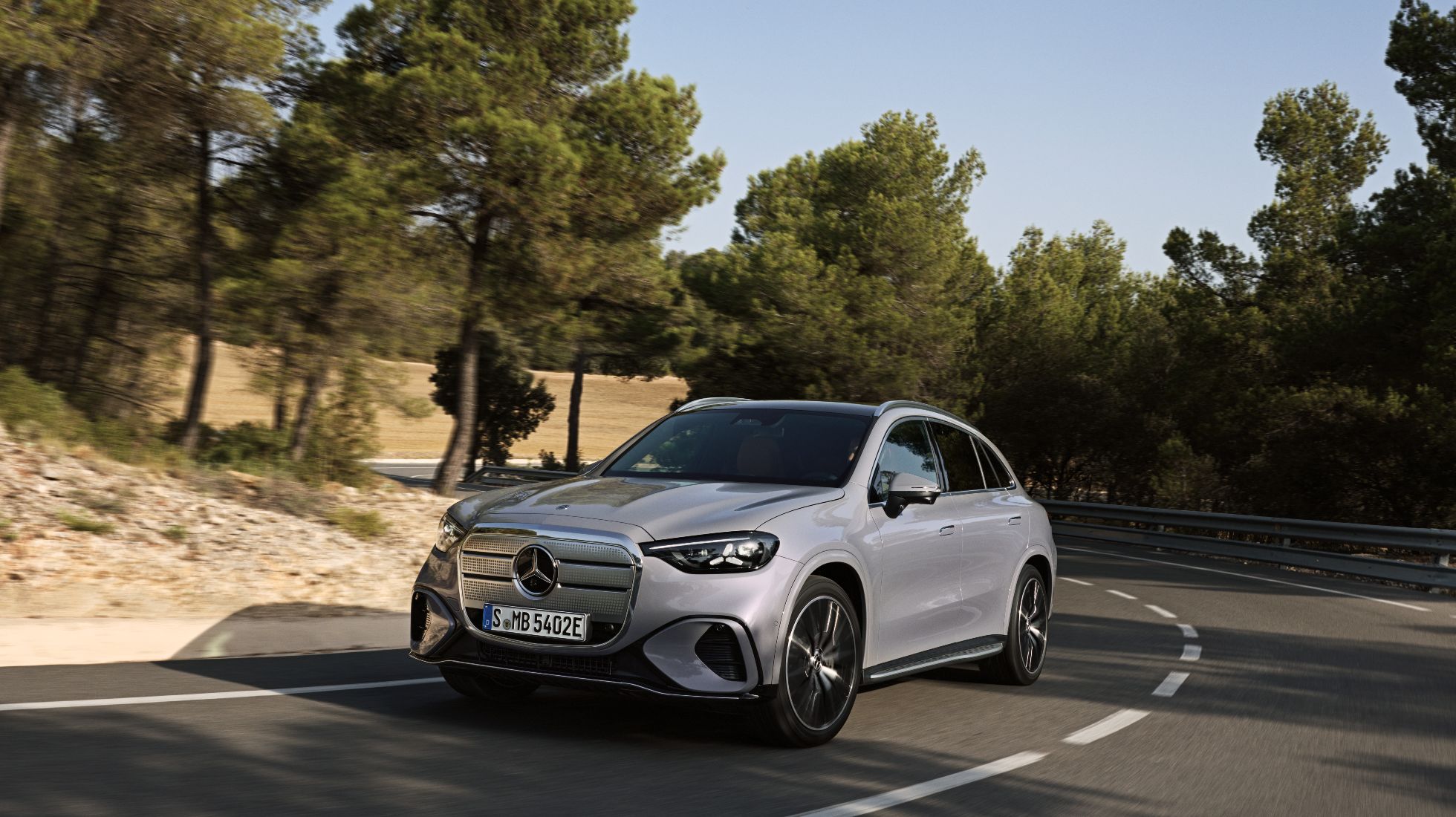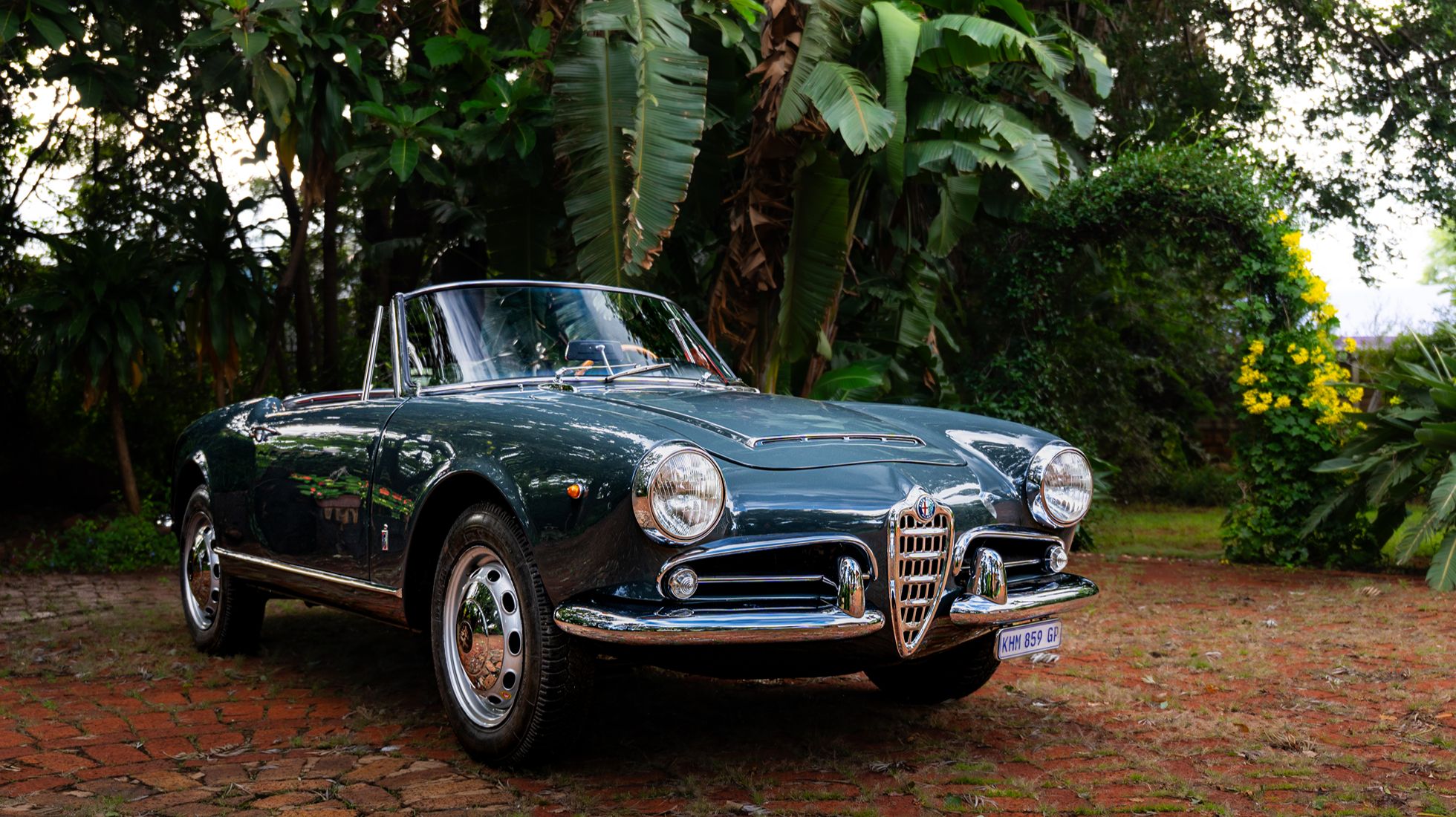

I have a friend. Big whoop, right? This mate, if we're to remain mannerly, is a die-hard motoring trivia geek. Most likely, he'll be able to tell you the exact suspension travel on your SUV. The codename of your engine? Easy. Even who it was that thought it'd be a good idea to position a conrod in a specific way before going on a tangent on the greatest moments of Bathurst's Conrod Straight.
I thank him for my general aversion to the Creta nameplate. Not as a commentary on the crossover's abilities, but what "Creta" means in some obscure, I've-never-heard-of-the-slang, tongue that you'll likely find on page 20 of a Google search. I'll give you a hint; it's not polite. Someone at Hyundai must have not been paying attention or had a wicked sense of humor, arguing in a PowerPoint presser that it means "powerful" in Greek.
My point is that, like its name, the first-gen Creta that launched in South Africa felt half-baked; like a stopgap measure to lure signatures on dotted lines away from the likes of Nissan, Toyota and Ford. The Creta nameplate had no interwoven golden thread with the brilliantly capable Tucson and Santa Fe models of the time, no desert-and-tumble-inspired name, and none of that feel-good charisma of its siblings. While not bad on a technical level, it felt like a watered-down budget interpretation of the brand's greats. Something you needed due to budget constraints, not necessarily wanted. But that's changed, for the most part.
Its name is still Creta, and it is adorned with the Grand prefix to signify its seven-seat capability. I still chuckle when saying it out loud, but, and this is a commentary on the SUV's ability, it's a serious contender in the seven-seat, small SUV segment.
It wears a muscular front-end garnished with a dark-accented geometric grille, attractive 18" wheels and a considerably elongated side profile thanks to a 15 cm increase in wheelbase compared to that of the smaller, outgoing Creta.
In terms of the Grand Creta's interior space, this allowed for the addition of two additional seats. While gargantuan in terms of usable space, the third-row seating still only accommodates the young ones. No surprise really, since the Grand Creta is geared towards growing families and for that, it seems a hard proposition to beat. I employed the services of my two dedicated family vehicle apprentice testers to sample the third row in a bout around town and they gave it the nod of approval in terms of ingress and egress. The only real problem came in the form of the off-cream-coloured seats that I'm not convinced will remain crisp after a few Happy Meal bribery runs through the drive-through. That should have been better thought out, if I'm honest.
The Grand Creta 1.5 Elite Diesel is well equipped with all the creature comforts you can reasonably hope for. An 8" infotainment screen with both Apple CarPlay and Android Auto is standard across the range. So too are wireless charging capability and cruise control. The Elite derivative further brings with it a 10.2" digital tachometer and speedometer, a sunroof, auto climate control and seat ventilation.
As mentioned earlier, this is the diesel Elite and it represents the top tier of Grand Cretaness. It's powered by the proven 1.5-litre turbo-adorned oil-burner in Hyundai's stable, but it won't win any prizes on the power front with its 84 kW and 250 Nm deliverables. It's not the most refined of powertrains, though. Coupled to a 6-speed auto 'box, the Grand Creta did have the occasional gearbox jolt in slow-moving traffic as it was caught out by an onset of torque upon acceleration. Also, not a lot was done to insulate the passenger cabin from the agricultural-like clatter of the diesel engine, especially at a cold start. Small, inconsequential details that hardly detract from an otherwise excellent engine, one that could potentially save you several trips to the filling station in the long run.
It was easily one of the most frugal vehicles I've tested to date. With mindful driving in and around town, it averaged at its best of only 5.3l/100 km. That's 1.2 litres less diesel used per each 100-kilometre stint than Hyundai's claim of 6.5. Pair that with its sticker price of R580,900 – a significant increase over it's launch price – and the Grand Creta 1.5D Elite still offers plenty of bang for your buck.
Aside from the missed opportunities of coherently cementing this car into Hyundai's SUV lineup with a name like 'Hyundai Reno' (just a suggestion), the Grand Creta has rightfully taken its place at the top of the small seven-seater SUV segment against the likes of the luxurious but fuel-guzzling and unproved Chery Tiggo 8 Pro and the long-in-the-tooth Nissan X-Trail.
Funny name aside, though, I know where I'd spend my money.
I guess I'll now hear why Reno won't work. Sigh…





Enter your email address to receive regular Top Gear SA newsletters



.jpg)
.jpg)


